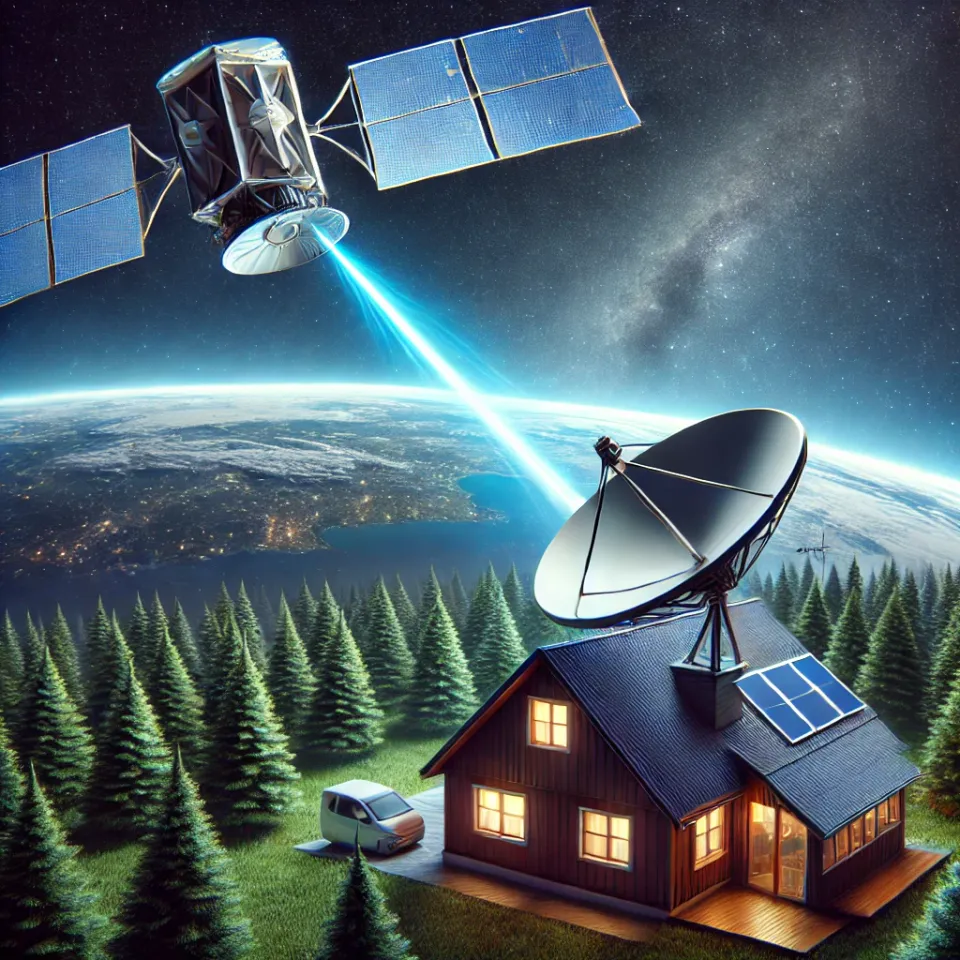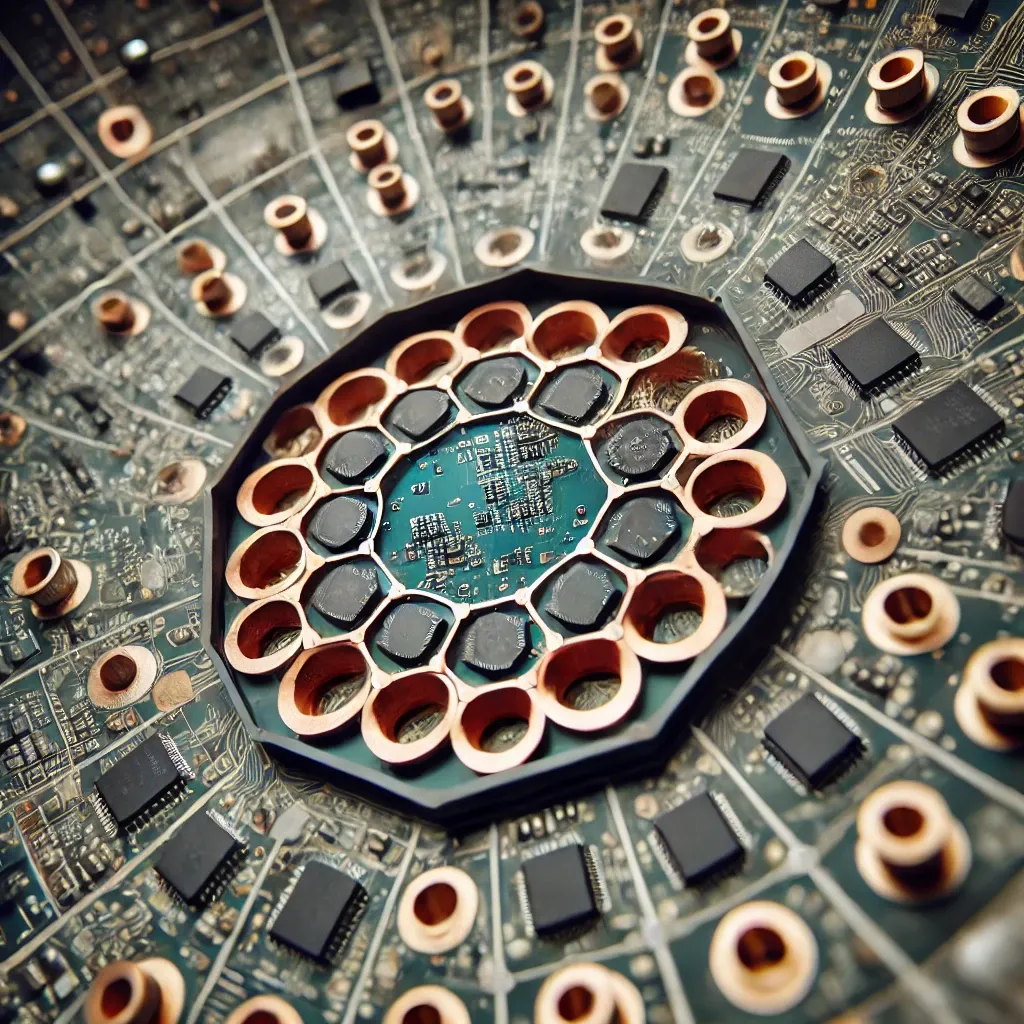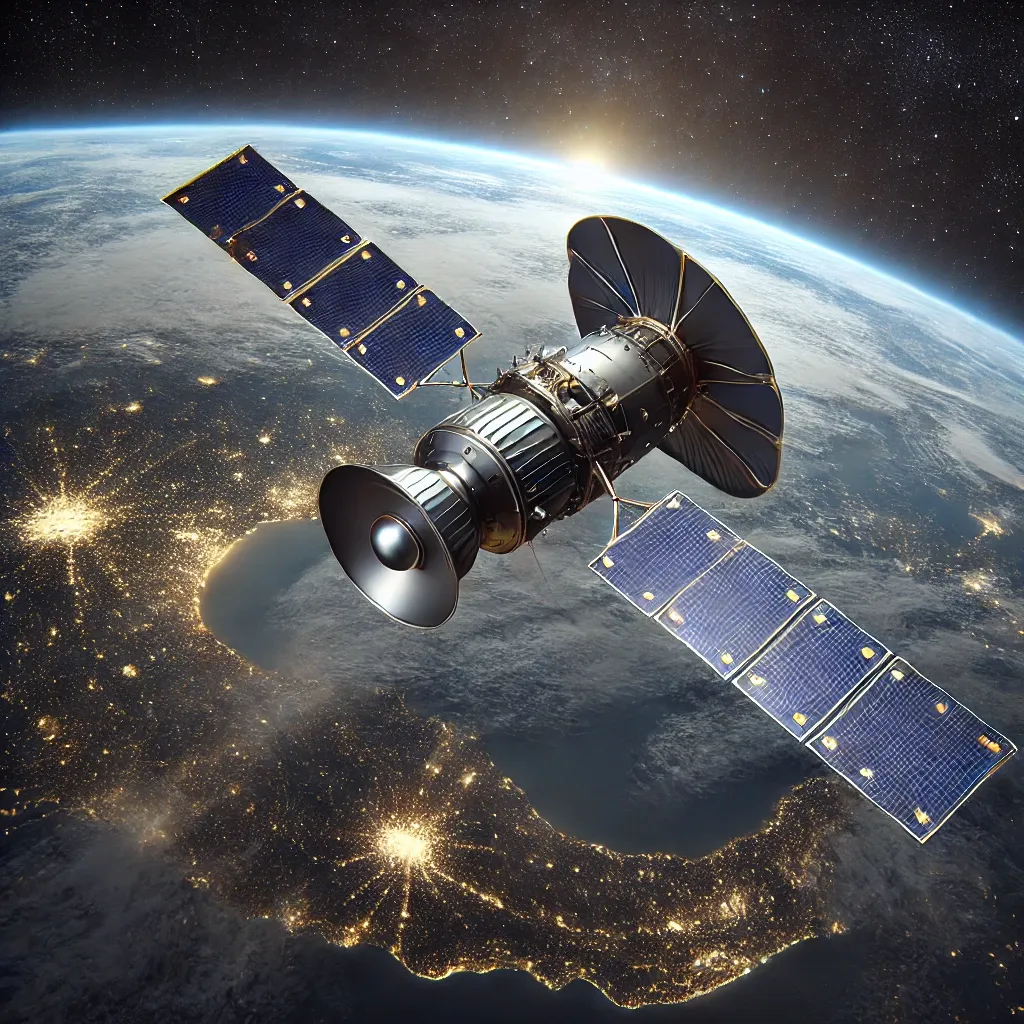The Technological Marvel of Starlink: Beaming Internet from Space

Beaming internet from the middle of the woods using a satellite dish the size of an extra-large pizza to a satellite orbiting 550 kilometers above Earth is a technological marvel. This system, developed by Starlink, involves satellites moving at incredible speeds of around 27,000 kilometers per hour, sending data back and forth at hundreds of megabits per second. The satellite dish and satellites continuously angle and steer the data beam between them, switching between different satellites every four minutes. Let's dive into the key technologies that make satellite internet work.
Starlink works with Low Earth Orbit (LEO) technology. LEO refers to an altitude between 180 km and 2,000 km above the earth's surface. An object is considered to be in LEO if it is orbiting at approximately 550 km. This is quite a low altitude, which means a decreased latency period, allowing users faster internet speed than with traditional geostationary satellites that are usually based at around 35,000 km. The key to providing global, high-speed, low-latency internet service is the use of LEO technology.
Inside the Satellite Dish: Dishy McFlatface
The Basics of Satellite Dishes
To understand the Starlink ground dish, affectionately named Dishy McFlatface, we first need to distinguish it from traditional TV satellite dishes. TV dishes use a parabolic reflector to focus electromagnetic waves sent from broadcast satellites orbiting at an altitude of 35,000 kilometers. These dishes only receive TV signals and cannot send data.
Dishy, however, both sends and receives internet data from Starlink satellites orbiting 550 kilometers away.
Despite being much closer than TV satellites, Starlink satellites require tightly focused beams to maintain the connection. Unlike TV signals that propagate widely, Dishy's beams need to be continuously angled or steered to point at the fast-moving Starlink satellites.

The Complex Inner Workings of Dishy
Exploring the Hardware
Opening up Dishy McFlatface reveals a pair of motors and an Ethernet cable connecting to the router. These motors are used only for the initial setup to point the dish in the general direction. Inside, we find a massive printed circuit board (PCB) with 640 small microchips and 20 larger ones, organized in a pattern with intricate traces. The other side houses about 1,400 copper circles in a grid of squares.
This setup essentially forms 1,280 antennas arranged in a hexagonal honeycomb pattern, controlled by the microchips on the PCB. This array works as a phased array to send and receive electromagnetic waves to and from a Starlink satellite.
The Operation of a Single Antenna
Each antenna in the array operates through a complex process involving multiple layers. A 12 Gigahertz high-frequency signal is sent to a microstrip transmission line feed, creating electromagnetic fields that propagate out from the antenna. The phased array technology allows these antennas to form a powerful, focused beam that can reach outer space.

Beamforming and Phased Array Technology
Combining Antenna Power
Combining the power of 1,280 antennas involves a technique called beamforming. By synchronizing the electromagnetic waves from each antenna, the beams add together constructively in some areas and cancel out destructively in others. This results in a focused, powerful beam capable of reaching the Starlink satellites in space.
Steering the Beam
To maintain a connection with the fast-moving satellites, the beam needs to be continuously steered. This is achieved through phased array beam steering, which involves changing the phase of the signals sent to the antennas. By adjusting the timing of the signal peaks and troughs, the direction of the constructive interference zone, or the beam, can be controlled. This allows Dishy to continuously track and connect with satellites as they move across the sky.
Data Transmission: Encoding Information
Sending Data
Dishy and the Starlink satellite send signals by varying the amplitude and phase of the transmitted signal, encoding 6-bit binary values to each permutation. This results in millions of 6-bit groupings or symbols being transmitted every second, enabling high data transfer rates.
Receiving Data
When receiving a signal, the antenna's process is similar to transmitting but in reverse. The incoming electromagnetic waves generate oscillating electric fields in the antenna, which are then amplified and processed to retrieve the data.
Practical Applications and Final Thoughts
Real-World Impact
Starlink's satellite internet technology has significant implications for global connectivity, especially in remote and underserved areas. The phased array technology used in Dishy is also employed in other applications, such as providing internet on commercial flights.
Starlink technology, with its reliance on low Earth orbit satellites, offers a new frontier for connectivity, reducing the need for traditional ground-based infrastructure. This shift means that tower climbers, who are essential for maintaining and installing cell towers, might see a change in demand as satellite-based internet gains prominence, potentially altering their role in the telecommunications industry.
Conclusion
The development and implementation of Starlink's satellite internet system showcase the remarkable advancements in modern technology. Understanding the intricate workings of Dishy McFlatface and the Starlink satellites provides insight into how we can achieve reliable, high-speed internet access from virtually anywhere on Earth.





